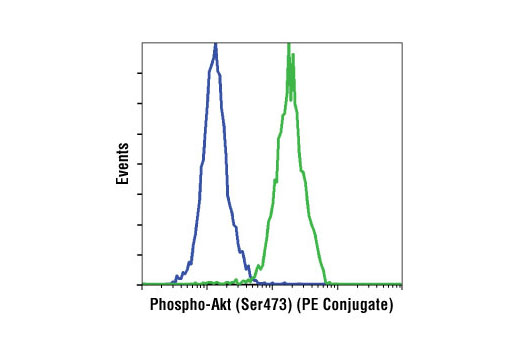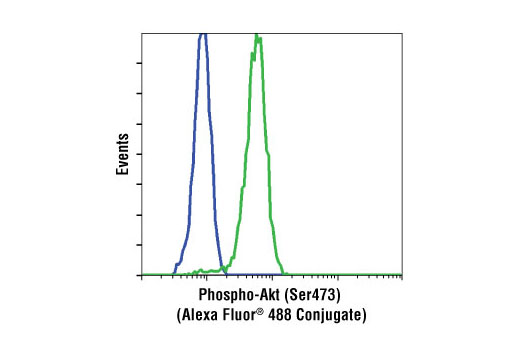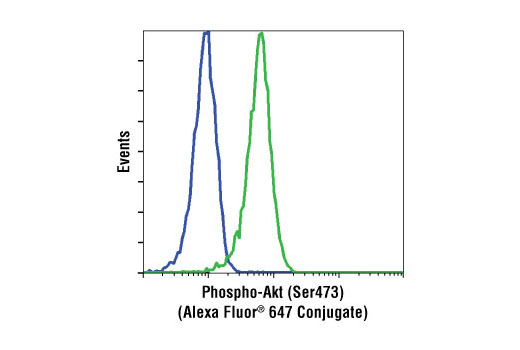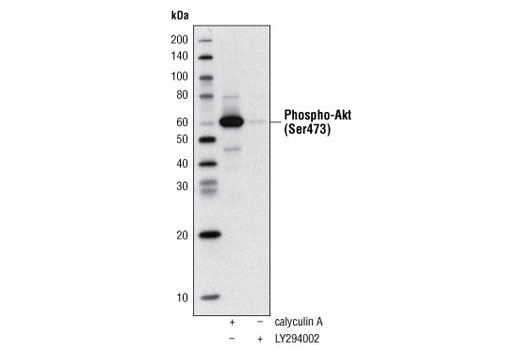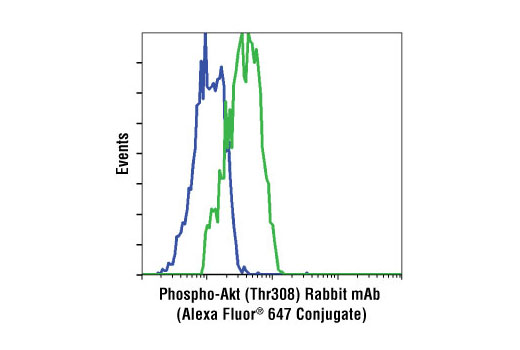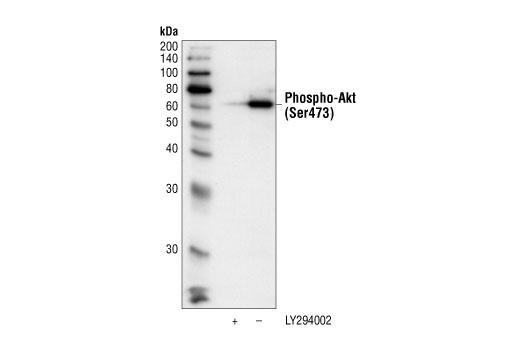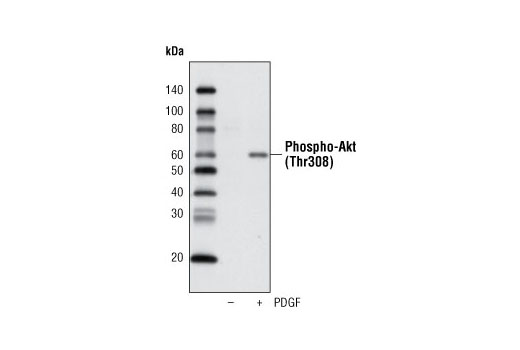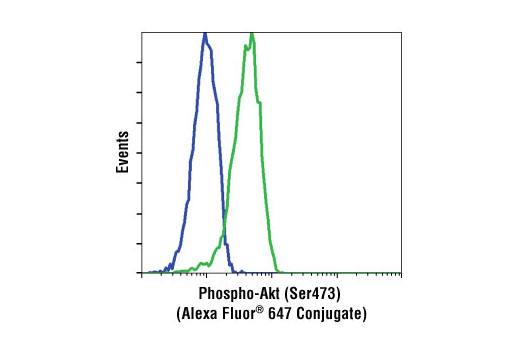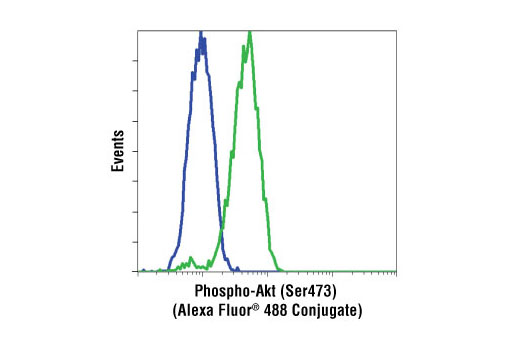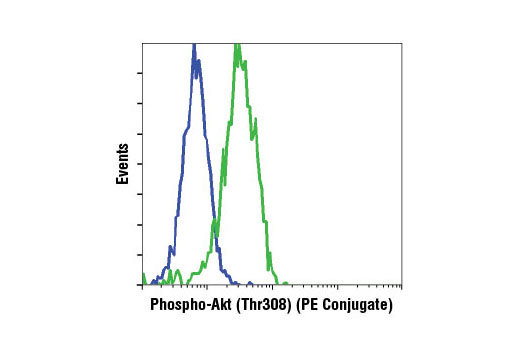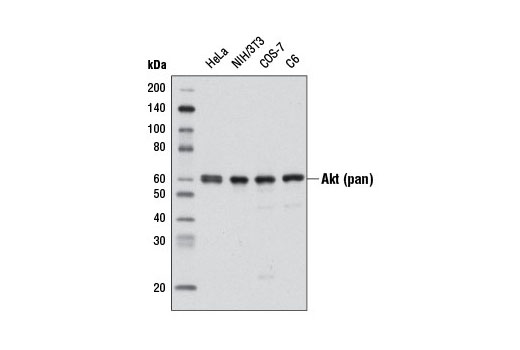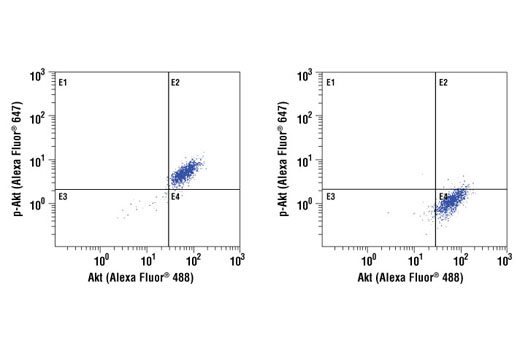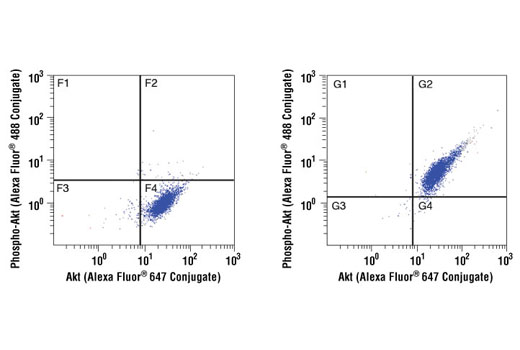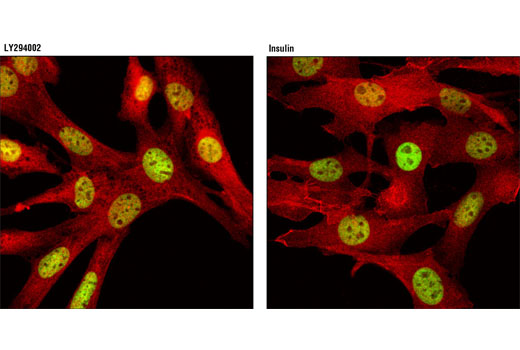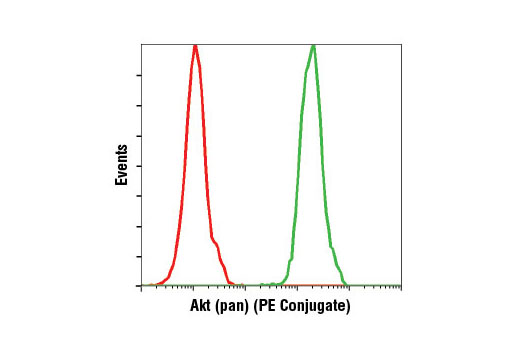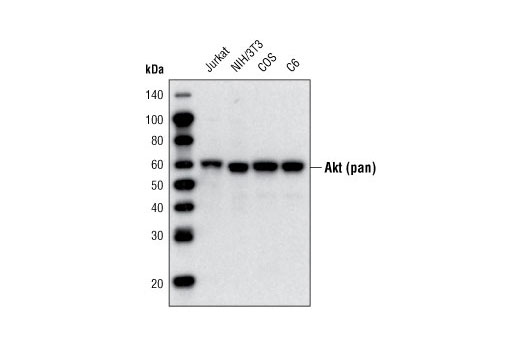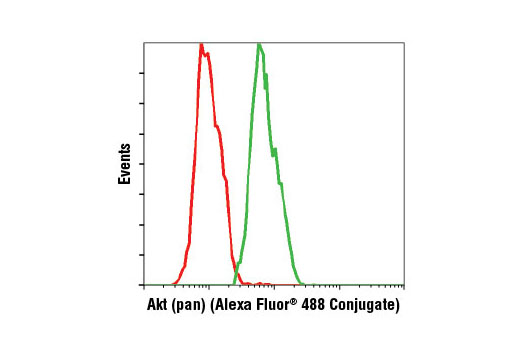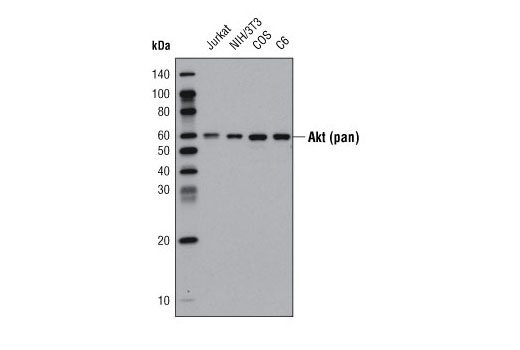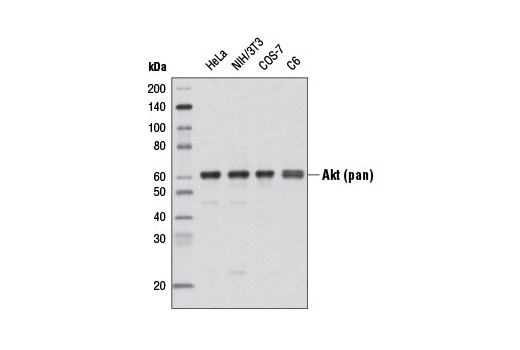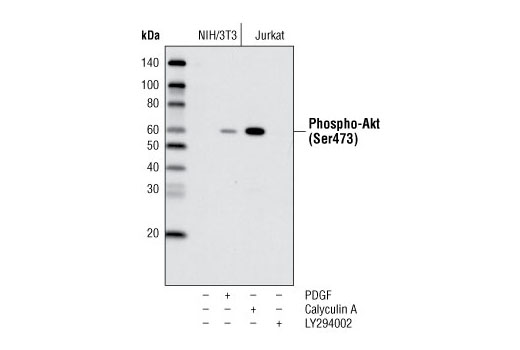AKT1
| Gene Symbol | AKT1 |
|---|---|
| Entrez Gene | 207 |
| Alt Symbol | AKT, CWS6, PKB, PKB-ALPHA, PRKBA, RAC, RAC-ALPHA |
| Species | Human |
| Gene Type | protein-coding |
| Description | v-akt murine thymoma viral oncogene homolog 1 |
| Other Description | AKT1m|PKB alpha|RAC-PK-alpha|RAC-alpha serine/threonine-protein kinase|protein kinase B alpha|proto-oncogene c-Akt|rac protein kinase alpha |
| Swissprots | B2RAM5 Q9BWB6 P31749 B7Z5R1 |
| Accessions | AAL55732 ABY87524 AGC09587 CAA03677 CAA03712 CDL93491 EAW81881 EAW81882 EAW81883 P31749 AB451242 BAG70056 AB451367 BAG70181 AK094287 AK122894 BAG53786 AK131465 AK299310 BAH12997 AK314256 BAG36922 BC000479 AAH00479 BC001737 AAH01737 BC063408 BC084538 AAH84538 BX647722 BX648205 CN414251 EU832491 ACE87663 EU832571 ACE86973 KF836747 AHA61679 KF836748 AHA61680 KF836749 AHA61681 KF836750 AHA61682 M63167 AAA36539 X61037 CAA43372 XM_005267401 XP_005267458 XM_011536543 XP_011534845 XM_011536544 XP_011534846 NM_001014431 NP_001014431 NM_001014432 NP_001014432 NM_005163 NP_005154 |
| Function | AKT1 is one of 3 closely related serine/threonine- protein kinases (AKT1, AKT2 and AKT3) called the AKT kinase, and which regulate many processes including metabolism, proliferation, cell survival, growth and angiogenesis. This is mediated through serine and/or threonine phosphorylation of a range of downstream substrates. Over 100 substrate candidates have been reported so far, but for most of them, no isoform specificity has been reported. AKT is responsible of the regulation of glucose uptake by mediating insulin-induced translocation of the SLC2A4/GLUT4 glucose transporter to the cell surface. Phosphorylation of PTPN1 at 'Ser-50' negatively modulates its phosphatase activity preventing dephosphorylation of the insulin receptor and the attenuation of insulin signaling. Phosphorylation of TBC1D4 triggers the binding of this effector to inhibitory 14-3-3 proteins, which is required for insulin-stimulated glucose transport. AKT regulates also the storage of glucose in the form of glyco |
| Subcellular Location | Cytoplasm. Nucleus. Cell membrane. Note=Nucleus after activation by integrin-linked protein kinase 1 (ILK1). Nuclear translocation is enhanced by interaction with TCL1A. Phosphorylation on Tyr-176 by TNK2 results in its localization to the cell membrane where it is targeted for further phosphorylations on Thr-308 and Ser-473 leading to its activation and the activated form translocates to the nucleus. |
| Tissue Specificity | Expressed in prostate cancer and levels increase from the normal to the malignant state (at protein level). Expressed in all human cell types so far analyzed. The Tyr-176 phosphorylated form shows a significant increase in expression in breast cancers during the progressive stages i.e. normal to hyperplasia (ADH), ductal carcinoma in situ (DCIS), invasive ductal carcinoma (IDC) and lymph node metastatic (LNMM) stages. {ECO:0000269|PubMed:1718748, ECO:0000269|PubMed:17932490, ECO:0000269|PubMed:20333297}. |
| Top Pathways | Apoptosis, Tight junction, VEGF signaling pathway, Focal adhesion, Toll-like receptor signaling pathway |
Phospho-Akt (Thr308) (D25E6) XP ® Rabbit mAb (PE Conjugate) - 13842 from Cell Signaling Technology
|
||||||||||
Phospho-Akt (Ser473) (D9E) XP ® Rabbit mAb (PE Conjugate) - 5315 from Cell Signaling Technology
|
||||||||||
Phospho-Akt (Ser473) (D9E) XP ® Rabbit mAb (Alexa Fluor ® 488 Conjugate) - 4071 from Cell Signaling Technology
|
||||||||||
Phospho-Akt (Ser473) (D9E) XP ® Rabbit mAb (APC Conjugate) - 11962 from Cell Signaling Technology
|
||||||||||
Phospho-Akt (Ser473) (D9E) XP ® Rabbit mAb (Alexa Fluor ® 647 Conjugate) - 4075 from Cell Signaling Technology
|
||||||||||
Phospho-Akt (Ser473) (D9E) XP ® Rabbit mAb (Biotinylated) - 5012 from Cell Signaling Technology
|
||||||||||
Phospho-Akt (Thr308) (C31E5E) Rabbit mAb (Alexa Fluor ® 488 Conjugate) - 2918 from Cell Signaling Technology
|
||||||||||
Phospho-Akt (Thr308) (C31E5E) Rabbit mAb (Alexa Fluor ® 647 Conjugate) - 3375 from Cell Signaling Technology
|
||||||||||
Phospho-Akt (Ser473) (587F11) Mouse mAb (Biotinylated) - 5102 from Cell Signaling Technology
|
||||||||||
Phospho-Akt (Thr308) (C31E5E) Rabbit mAb (Biotinylated) - 5056 from Cell Signaling Technology
|
||||||||||
Phospho-Akt (Ser473) (193H12) Rabbit mAb (Alexa Fluor ® 647 Conjugate) - 2337 from Cell Signaling Technology
|
||||||||||
Phospho-Akt (Ser473) (193H12) Rabbit mAb (Alexa Fluor ® 488 Conjugate) - 2336 from Cell Signaling Technology
|
||||||||||
Phospho-Akt (Thr308) (C31E5E) Rabbit mAb (PE Conjugate) - 9088 from Cell Signaling Technology
|
||||||||||
Akt (pan) (C67E7) Rabbit mAb (HRP Conjugate) - 8596 from Cell Signaling Technology
|
||||||||||
Akt (5G3) Mouse mAb (Alexa Fluor ® 488 Conjugate) - 2917 from Cell Signaling Technology
|
||||||||||
Akt (5G3) Mouse mAb (Alexa Fluor ® 647 Conjugate) - 2944 from Cell Signaling Technology
|
||||||||||
Akt (pan) (C67E7) Rabbit mAb (Alexa Fluor ® 647 Conjugate) - 5186 from Cell Signaling Technology
|
||||||||||
Akt (pan) (C67E7) Rabbit mAb (PE Conjugate) - 8790 from Cell Signaling Technology
|
||||||||||
Akt (pan) (40D4) Mouse mAb (Biotinylated) - 4821 from Cell Signaling Technology
|
||||||||||
Akt (pan) (C67E7) Rabbit mAb (Alexa Fluor ® 488 Conjugate) - 5084 from Cell Signaling Technology
|
||||||||||
Akt (pan) (40D4) Mouse mAb (HRP Conjugate) - 4298 from Cell Signaling Technology
|
||||||||||
Akt (pan) (C67E7) Rabbit mAb (Biotinylated) - 5373 from Cell Signaling Technology
|
||||||||||
Phospho-Akt (Ser473) (D9E) XP ® Rabbit mAb (HRP Conjugate) - 5171 from Cell Signaling Technology
|
||||||||||
Phospho-Akt (Thr308) (244F9) Rabbit mAb (Biotinylated) - 3454 from Cell Signaling Technology
|
||||||||||
Phospho-Akt (Ser473) (4E2) Mouse mAb (Biotinylated) - 5101 from Cell Signaling Technology
|

